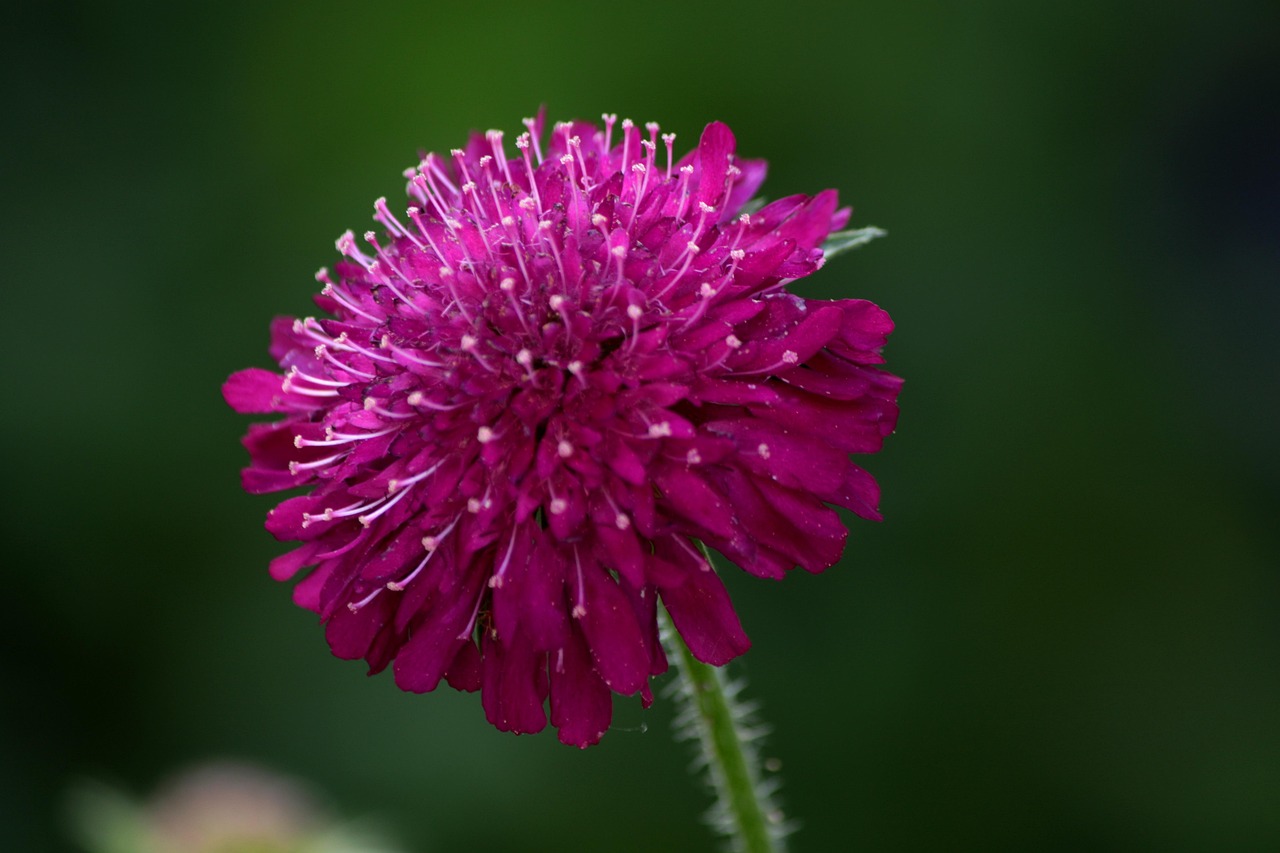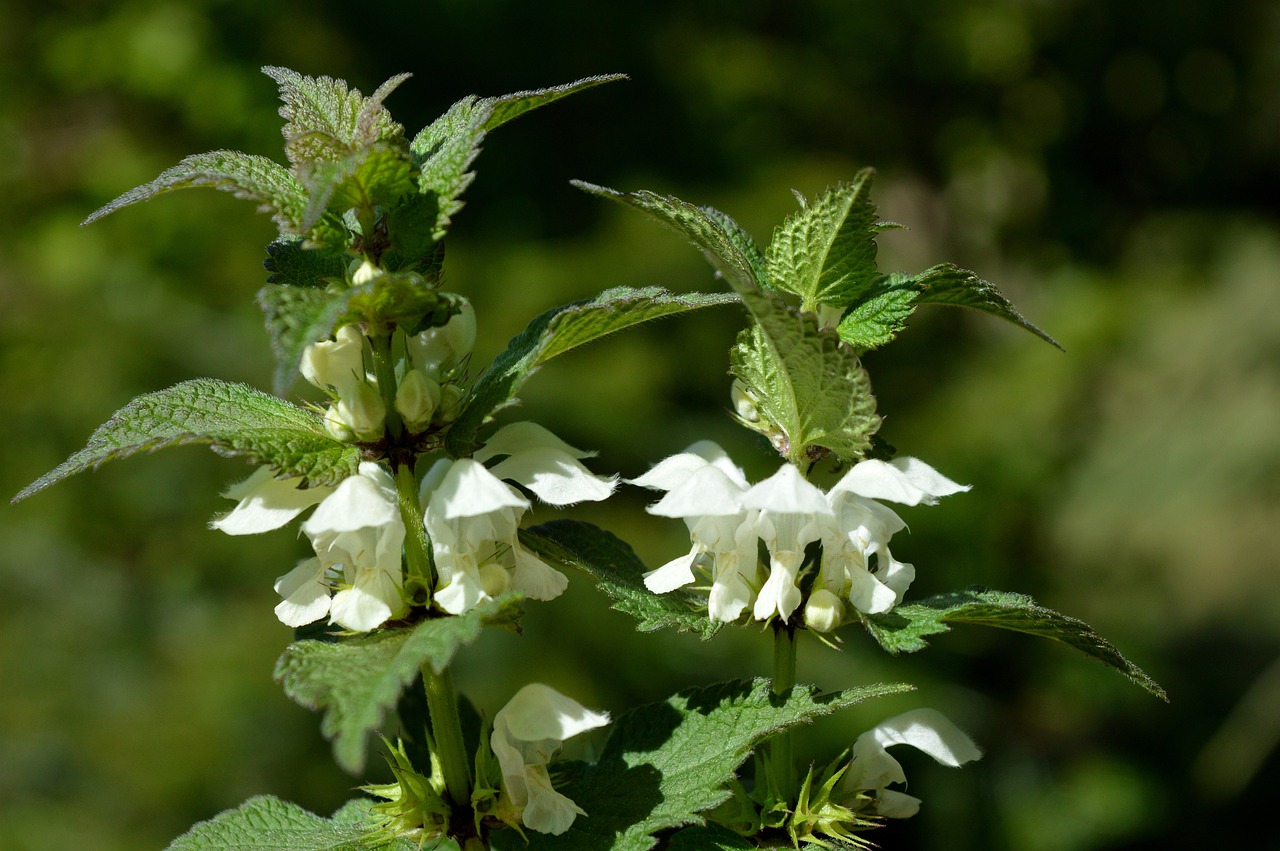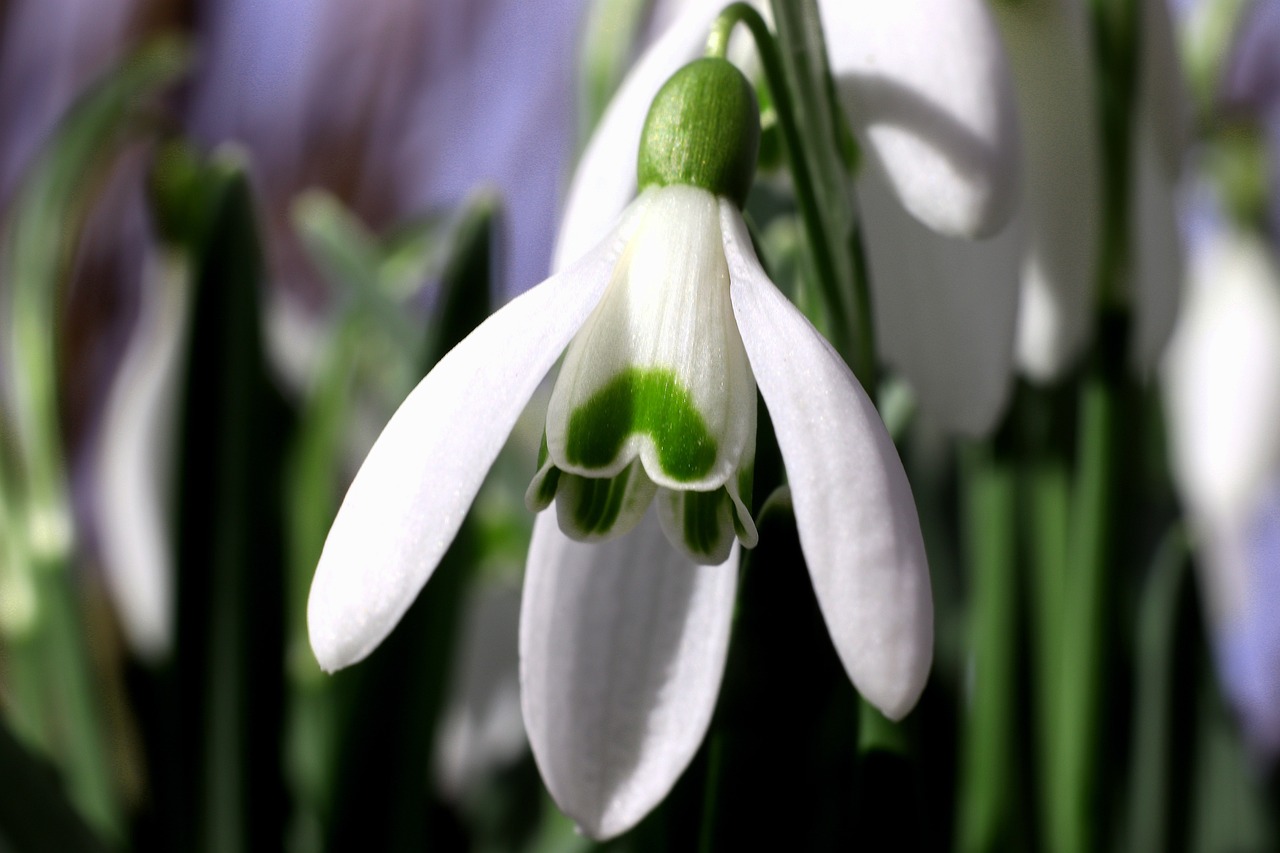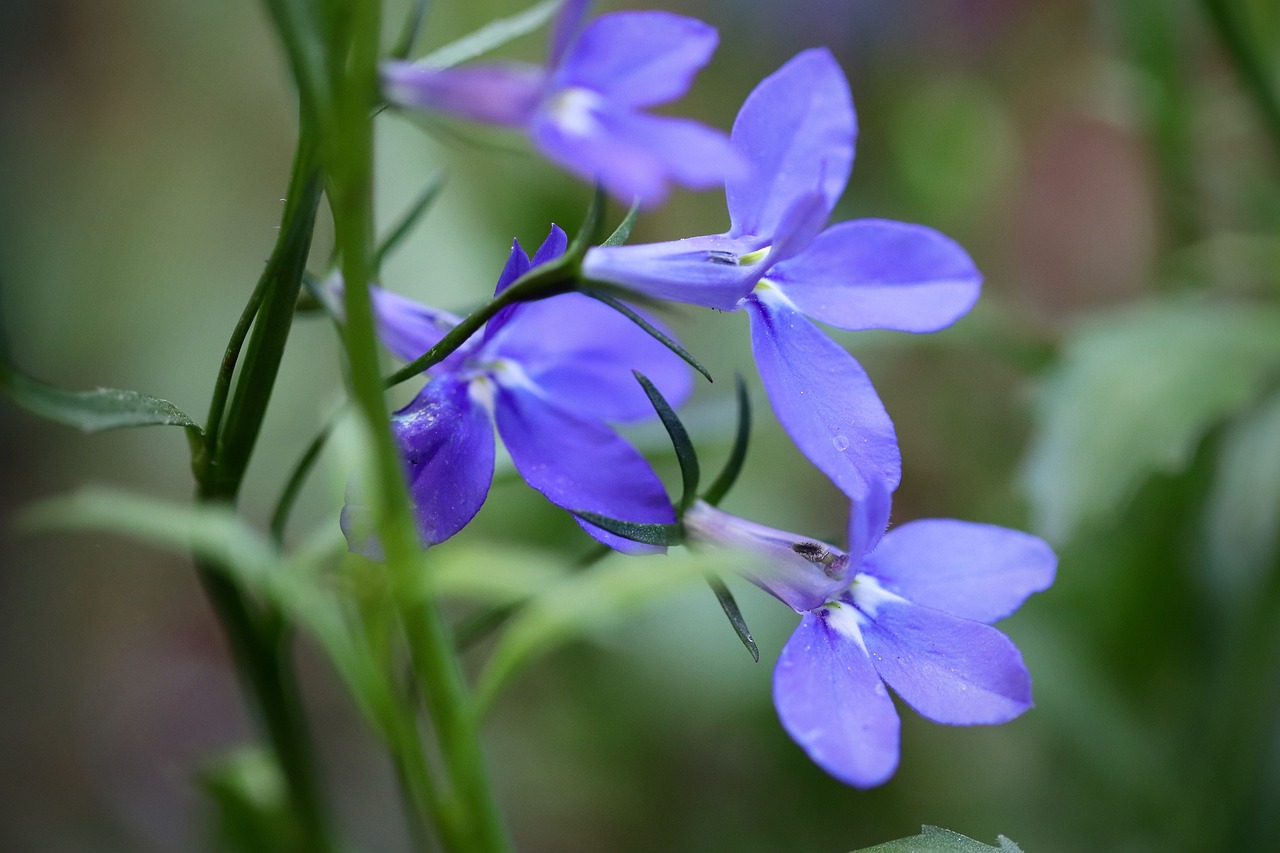Herb Robert | A Small Flower Rooted in European Monasteries
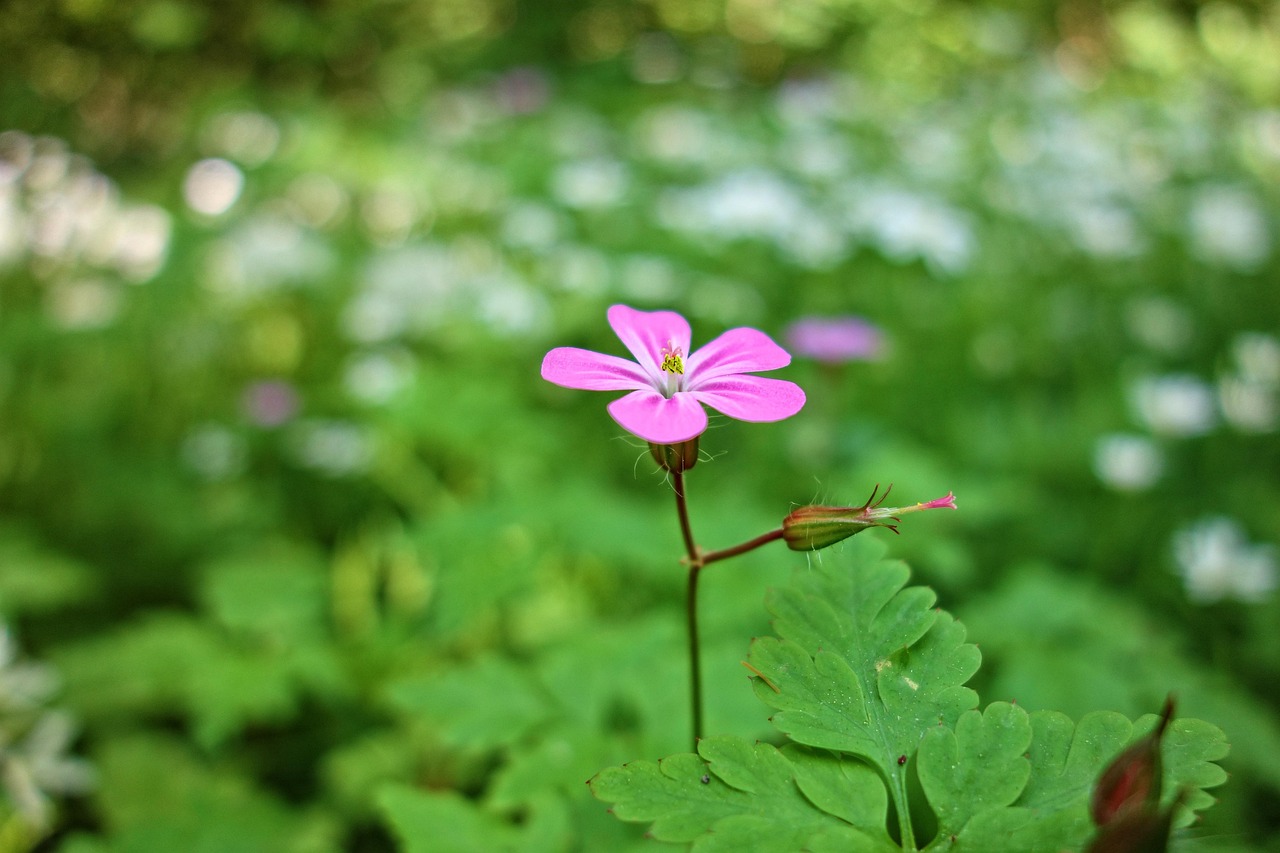
I introduce Geranium robertianum, commonly known as Herb Robert, a perennial of the Geraniaceae family widely distributed across Europe and Western Asia.
This delicate plant, with its finely divided leaves and vivid pink blossoms, is highly valued as a garden species that harmonizes naturally with the landscape.
Its modest and unpretentious beauty has been cherished by people from the Middle Ages to the present day.
In this article, I will present the characteristics of Herb Robert, its cultural role across different regions, its historical background, and key points for cultivation.
Basic Information
- Scientific name: Geranium robertianum
- Family: Geraniaceae
- Origin: Europe, Western Asia, North Africa
- Appearance: The leaves are deeply divided and emit a distinctive fragrance when touched. The plant grows to 10–30 cm in height, with stems sometimes tinged red. The flowers are small, around 1 cm, but their vivid pink color is striking.
- Blooming season: From spring to autumn, flowering intermittently over a long period.
Cultural Significance Around the World
Herb Robert thrives not in highly manicured gardens, but in more natural landscapes.
In England and France, it is often included in country gardens or naturalistic plantings, where its wildflower-like presence is appreciated.
In Germany and Switzerland, it is familiar as a naturally occurring species in rocky slopes and forest edges, forming part of a cultural landscape rooted in the appreciation of wildflowers.
It is also found in home gardens and public green spaces, where in regions that respect native plants, it contributes to biodiversity. In some areas, it even appears in folk traditions and stories, being remembered as a humble, approachable wildflower.
Historical Background
The epithet robertianum is said to derive from Saint Robert, a medieval monk who cultivated this plant in monastery gardens. His life of quiet devotion surrounded by plants has been passed down in tradition.
Because of this background, Herb Robert came to be recognized across Europe as a plant rooted in monastic culture.
From the 16th century onwards, it appeared frequently in botanical illustrations and natural history works, serving as an important example in the early days of taxonomy.
In the 19th century, with the spread of naturalistic gardening, it was re-evaluated for its wild beauty, contrasting with artificially bred plants, and it continues to be loved by gardeners today.
Gardening Advice
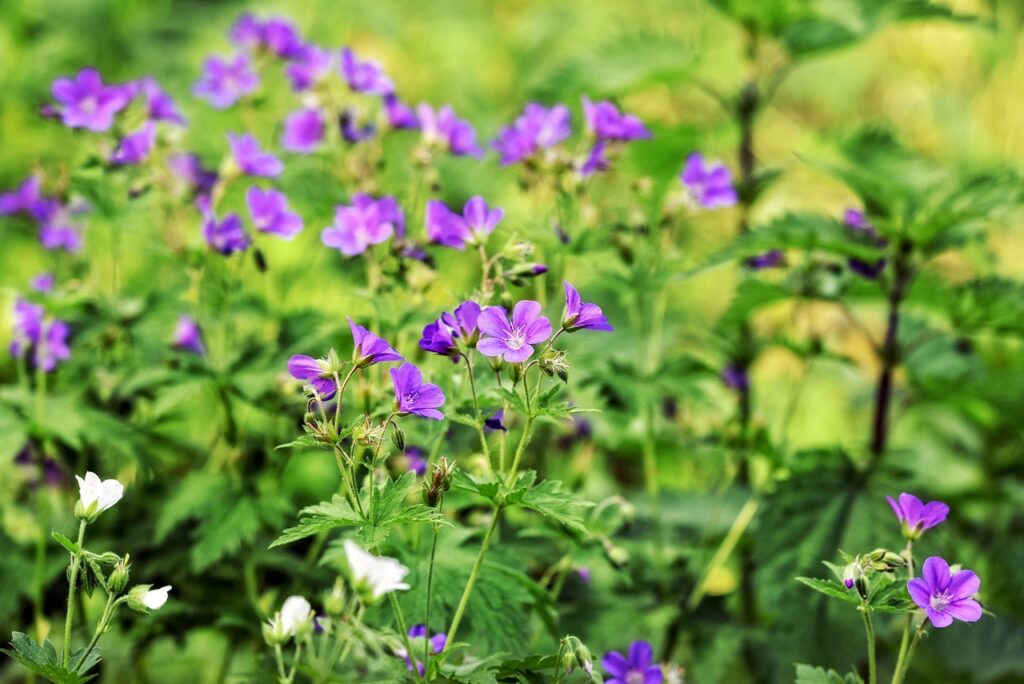
Herb Robert adapts flexibly to its environment and is ideal for gardens that aim to create a natural atmosphere.
Light
Prefers bright shade or partial shade. Best in places with soft, filtered sunlight, such as woodland edges or beside buildings.
Watering
Water when the soil surface begins to dry. Avoid excess moisture to prevent root rot.
Soil
Well-drained soil is best. A mixture with akadama or leaf mold works well. For outdoor planting, loosen the soil before planting.
Fertilizer
Minimal fertilizer is sufficient. A small amount of slow-release fertilizer in spring to early summer will support growth. Excess feeding causes weak, elongated stems.
Pruning & Care
Cutting back flower stalks after blooming encourages the next flush. As it self-seeds, thinning or transplanting may be necessary.
Wintering
Fairly cold-resistant. In temperate regions it overwinters without special care; in colder climates, frost protection is recommended.
Conclusion
Herb Robert is a perennial of European origin, with pink blossoms and aromatic leaves.
It has deep ties to monastic culture and the history of natural science, and has long been valued in naturalistic garden design.
Thriving in partial shade and easy to manage, it is well suited for gardens seeking a natural, unforced atmosphere. Though modest in appearance, it holds a firm place in regional culture and the philosophy of gardening.

